Affiliate links on Android Authority may earn us a commission. Learn more.
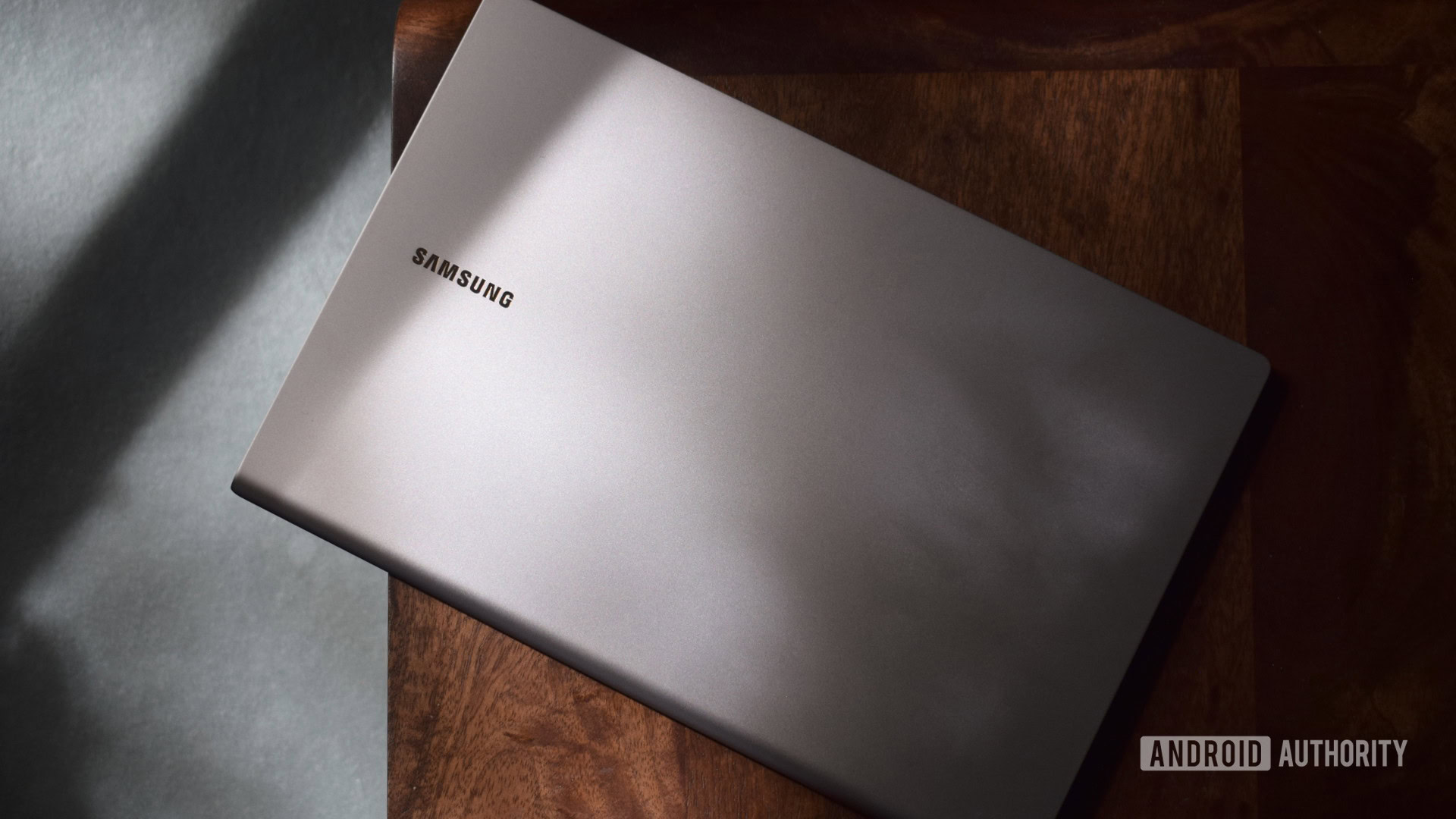
Samsung Galaxy Book S
What we like
What we don't like
Samsung Galaxy Book S
If you ask this pundit, connected PCs are the future of the laptop market. Windows on Arm is the leading project in the space, and continues to evolve following several years of private and public development. Samsung has clearly deemed it good enough for its new Galaxy Book S, replacing last generation’s Intel CPU for a Qualcomm Snapdragon 8cx chipset.
Samsung’s pitch promises multi-day battery life, an always-on 4G LTE connection, and a premium thin-and-light design. It’s a similar premise to Microsoft’s Surface Pro X, but with a slightly lower $999 price point and fixed keyboard. So let’s find out if Samsung cut any corners.
Read more: Here’s everything new in Samsung One UI 3.0
Samsung Galaxy Book S review: Who is it for?
Qualcomm and Samsung made it quite clear during our briefing that they envision the Galaxy Book S being used predominantly for work productivity scenarios, web browsing, social media, and watching video. In other words, we’re not looking at a product that focuses on photo or video editing, nor 3D graphic design. This strikes me as an attempt to head off criticism that was leveled at the Surface Pro X by some outlets, rather unfairly I might add.
The Samsung Galaxy Book S isn’t targeting absolute top-of-the-line laptop performance. Arm-based processors like the Qualcomm Snapdragon 8cx in the Galaxy Book S aren’t quite at that level and they can’t run x64 Windows apps yet, either. That’s still in the pipeline for 2021. Instead, the focus is on the ability to work from anywhere, with a day or more of battery life and a constant connection to the internet. Based on my experience, this is certainly the best fit for the Galaxy Book S.
Samsung's Galaxy Book S is built with the mobile professional in mind.
On its own, the retail price of $999 might seem a little steep. That feels even more pertinent when you consider that cheaper Chromebooks can perform many of the same duties, albeit without Microsoft Office and other productivity apps. 4G LTE connectivity isn’t cheap, either, but you’re also buying a laptop with a premium design. The Samsung Galaxy Book S is clearly built with the mobile professional in mind.
Design elegance
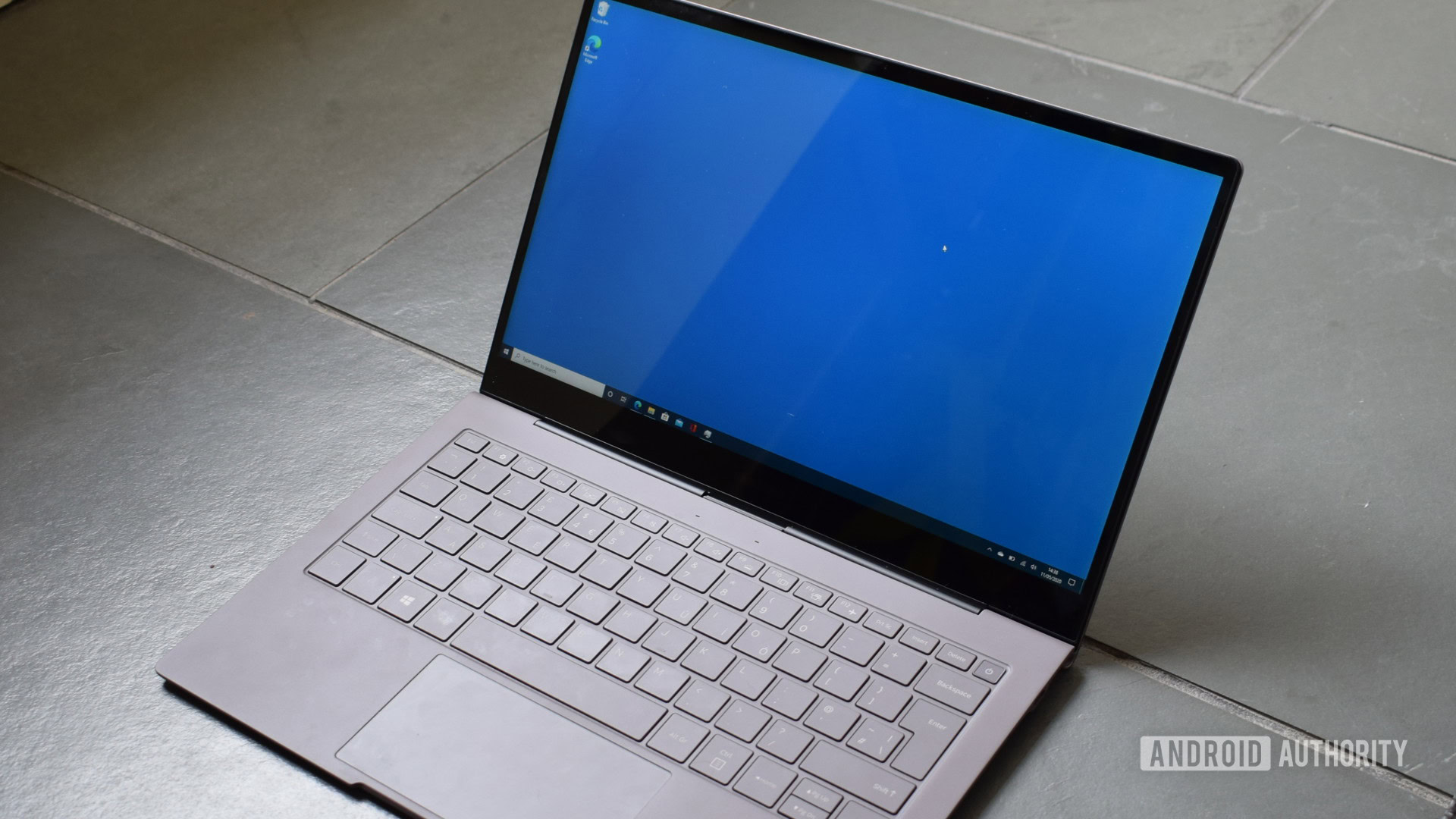
The Samsung Galaxy Book S is light at just 960g (2.1lbs), thanks to its aluminum chassis. It’s also thin at just 11.8mm at its thickest and 6.2mm at its thinnest. The build quality is simply exceptional. You’ll find two USB-C ports, one on either side, with both supporting USB Power Delivery fast charging. A headphone jack is located on the left edge if you’re not yet on the Bluetooth train. The SIM tray is tucked on the underside, and two little microphone slits are positioned just above the keyboard.
The 13.3-inch TFT LCD display is very nice and I have no complaints about its 1,920 by 1,080 resolution at this size. Colors look great and you can leave the display brightness up quite high without having to worry about battery life. This helps a bit, as glare can be an issue on this display, though it’s nothing close to a deal-breaker.
The highly efficient nature of its processor means the Galaxy Book S doesn’t require any fans. The laptop runs completely silent and never gets warm on your lap; the Arm-based processor definitely has its upsides here.
Samsung did a very good job with the speakers, especially given how thin the Galaxy Book S is. The speakers sit below the keyboard on either side of the laptop. They’re tuned by AKG and come through crisp and clear, with plenty of volume.
There’s no Microsoft Hello face unlock feature here, which you’ll find on the Surface Pro X and other two-in-ones. Samsung opted for a fast fingerprint scanner in the power button that’s a perfectly fine alternative.
I’m suitably impressed by the hardware package Samsung put together with the Galaxy Book S. It goes a long way towards justifying the laptop’s $999 price tag on its own.
See also: Best mini laptops | 6 best Chromebooks
What is it like to use the Galaxy Book S?
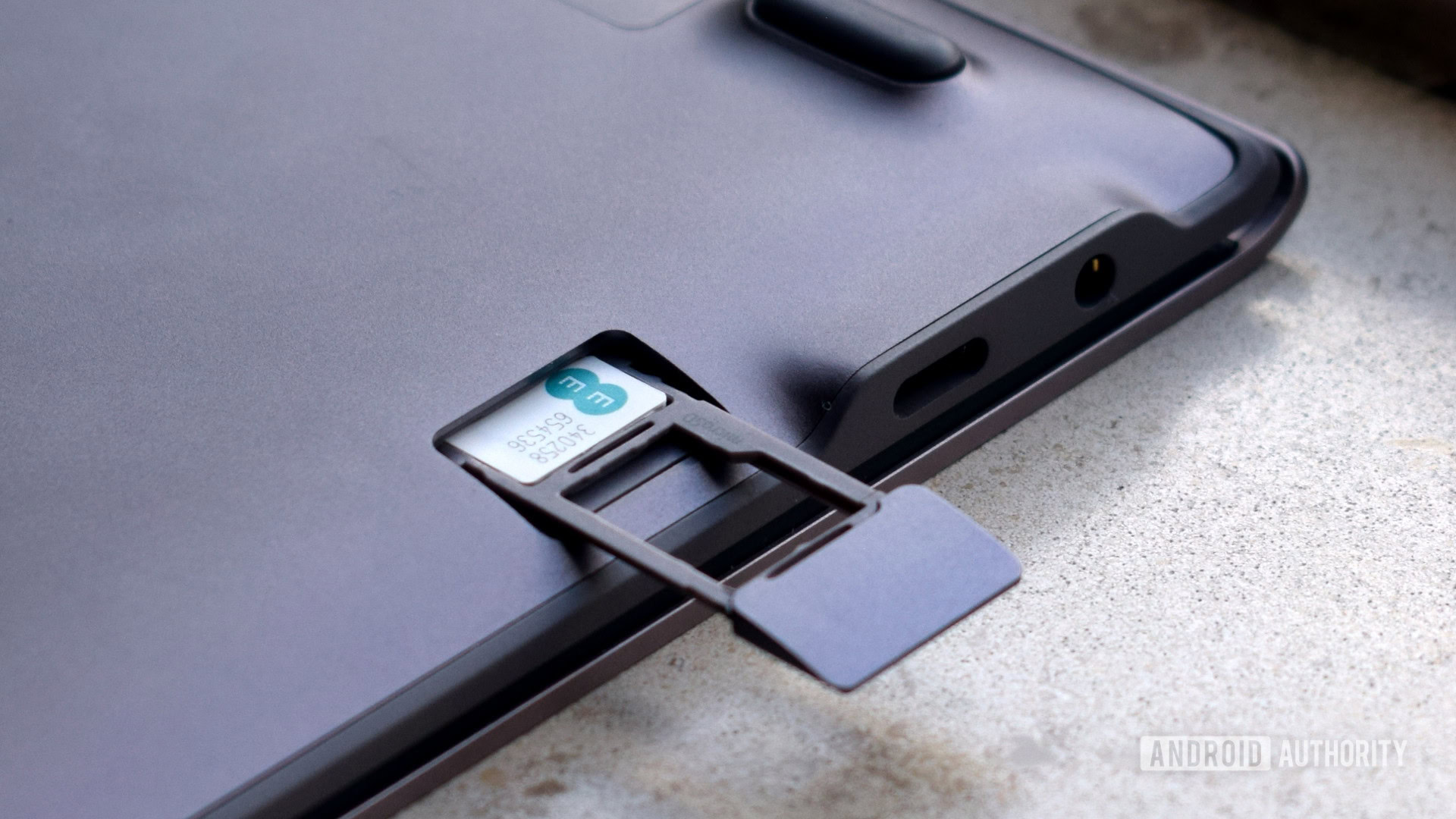
If you’re a regular Windows 10 user, you’ll know what to expect from the Cortana assistant, Microsoft Store, OneDrive, and Office package the laptop ships with. Everything you need from a modern workhorse is available. Microsoft improved its Your Phone app, which allows for deeper integration with your Android handset’s calls, messages, and music.
My work takes place entirely online, so a decent web browser is a must. There’s still no native Arm version of Google Chrome, but Firefox has an Arm version up and running. What I’m more perplexed with is why the laptop ships with the legacy Edge browser rather than the far superior Edge Chromium. (Not that it’s too much of a hassle to install yourself, but still.)
Using the Samsung Galaxy Book S for work was a superb experience. Office ran on the Book S as well as any other machine I can remember. You’ll find a few native Arm apps on the Microsoft Store, such as Twitter, Netflix, and VLC, but even some apps that are compiled for x86 work well. This list includes Slack, Skype, GIMP, and Spotify for some downtime streaming. Although finding x86 versions can sometimes be a bit tricky outside the confines of the Microsoft Store.
Perhaps the best thing about working on the Galaxy Book S? Battery life easily lasts a full working day, if not two. I typically clocked around 10 to 12 hours of screen-on time from a single charge.
The Galaxy Book S is cool, silent, lasts all day, and always connected when you need it.
The 4G LTE networking option is more convenient than tethering while working on the go, and certainly better for battery life. Even so I didn’t find it a much of game-changer. There’s no eSIM support, but the laptop is unlocked so I dropped in an EE SIM, registered, and was up and running in just a couple of minutes. Your mileage will vary here depending on how much you’re prepared to pay your carrier for the convenience (and what 4G LTE speeds are like in your area.) Even the 8Mbps EE connection in my rural area was passable enough for most of my work needs, but you’d want a faster connection to stream high-resolution video.
My one small gripe about the Galaxy Book S is the keyboard. It’s certainly not bad to use, but its shallow nature leaves you with little feedback with each stroke. The trackpad mouse clicks have a similar niggle, but the large size of the pad makes up for it.
Overall, the Samsung Galaxy Book S is a joy to use for its intended purpose. Web browsing and mobile working are great. Just don’t try to run highly demanding x64 applications or high-end games. Different products are aimed at those users.
Laptop performance on Snapdragon
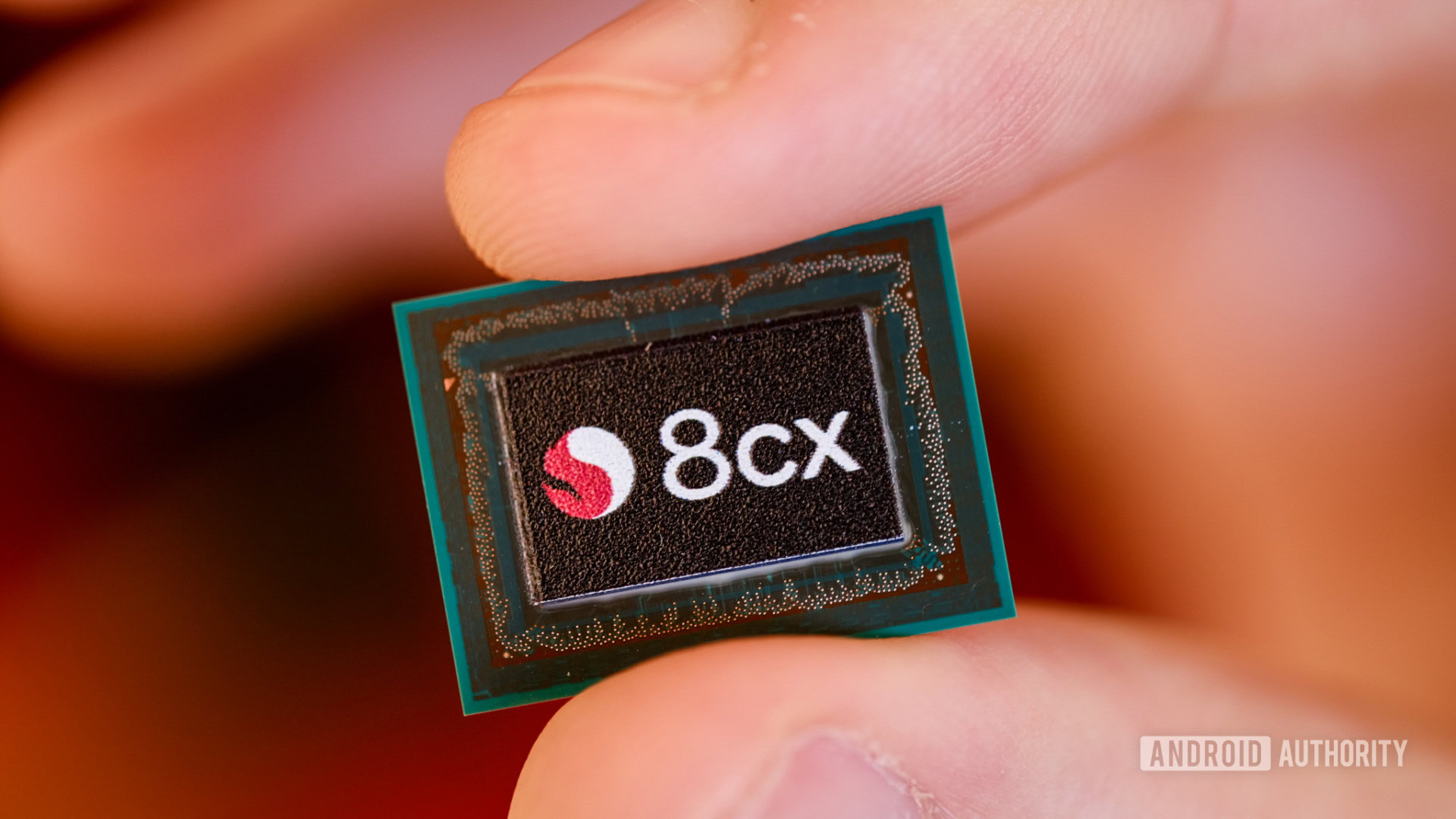
The Snapdragon 8cx marked Qualcomm’s big move into the laptop space, sporting beefed up CPU and GPU capabilities to push beyond the confines of smartphone performance, while retaining the integrated networking, machine learning, and imaging benefits for which Qualcomm is known. The 8cx handles day-to-day tasks as well as any other laptop processor in this tier.
Qualcomm claims the Snapdragon 8cx performs on par with the mid-range, quad-core Intel i5-1035G4 in the PCMark 10 benchmark, but with lower thermals and longer battery life. However, realizing the chip’s full performance depends whether you running apps compiled for Windows on Arm or x86, with the former being much more optimized.
Native Arm app support remains spotty, but x86 emulation is excellent.
Native Arm application maybe be spotty but this isn’t a do-over of the miserable Windows RT days, with limited app support and a substantially cut down experience. Despite running on an Arm processor, the Samsung Galaxy Book S provides the full Windows 10 Home experience via excellent x86 emulation. Microsoft’s full Office suite runs flawlessly, as do image editing applications like GIMP. This elevates the app experience over Google’s Chromebook platform, which relies on wrangling Android apps to go beyond web apps.
There are also the added benefits of the Snapdragon 8cx platform that you won’t find with competing processors. These including machine learning and signal processing capabilities, enhanced crypto-security, GPS location data, aptX Bluetooth audio support, and even low-power voice wake for Cortana. These are less tangible than software, but ensure you’re covered for a wide range of eventualities.
The bottom line is that the Samsung Galaxy Book S and its Qualcomm Snapdragon 8cx SoC offer plenty of performance for its target market while also providing pretty much every integrated feature you could want. Windows on Arm is not quite the complete Microsoft experience, but it caters to 99% of the most common use cases.
| Samsung Galaxy Book S | |
|---|---|
Display | 13.3-inch TFT 1920 x 1080 (16:9 aspect ratio) 10 point multi-touch |
Processor | Qualcomm Snapdragon 8cx 4x Cortex-A76 @ 2.84GHz + 4x Cortex-A55 @ 1.8GHz |
RAM | 8GB LPDDR4X |
Storage | 256GB MicroSD slot (1TB) |
Front camera | 720p HD |
Battery | 42Wh |
Connectivity | 4G LTE (Cat.18) Nano SIM Bluetooth 5.0 Wi-Fi 802.11 a/b/g/n/ac (2.4/5GHz) |
Dimensions and Weight | 305.2 x 203.2 x 6.2-11.8 mm 960g |
OS | Windows 10 Home |
Colors | Earthly Gold, Mercury Gray |
Samsung Galaxy Book S review: Should you buy it?
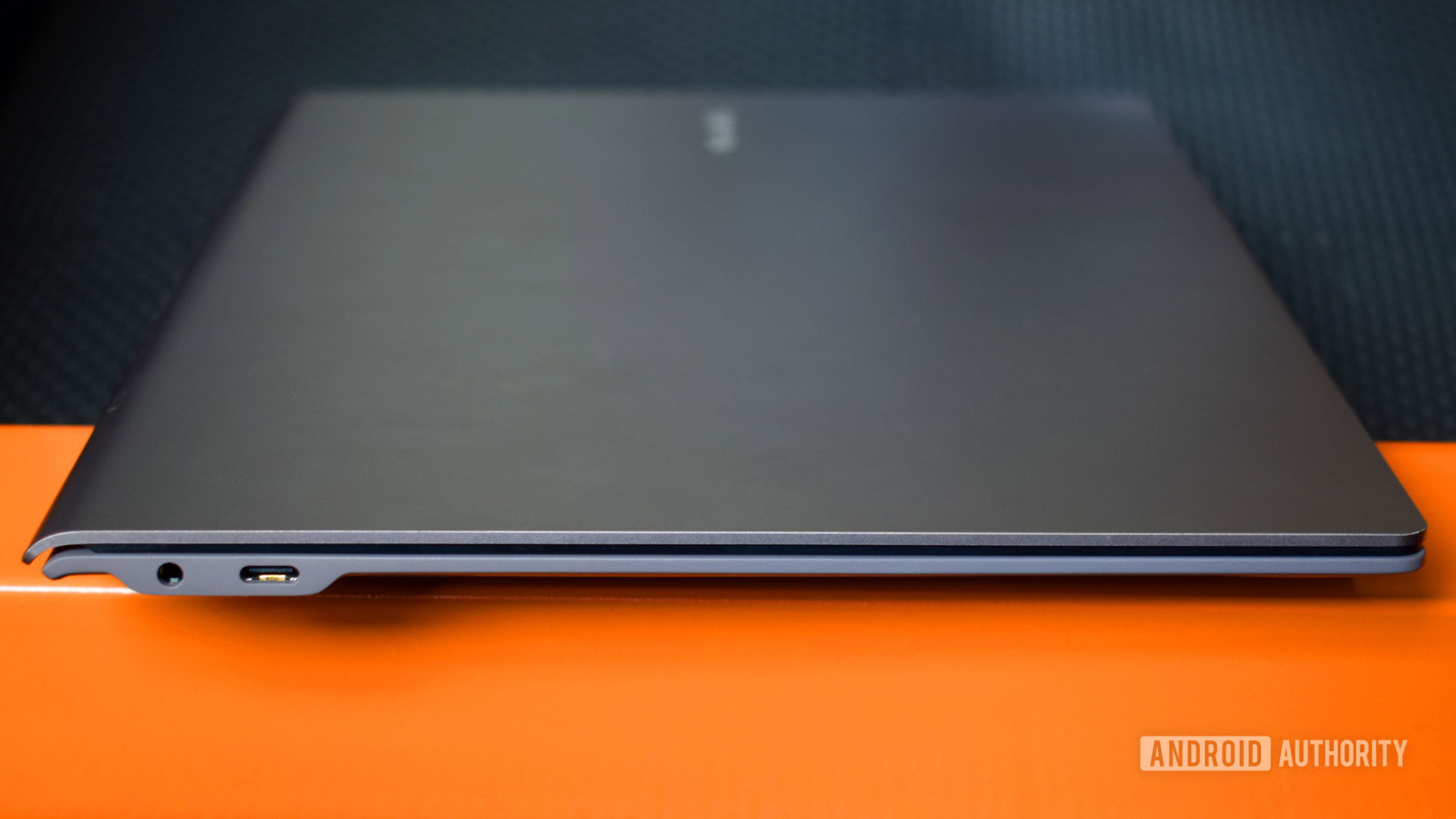
It’s perhaps easiest to recommend the Galaxy Book S based on what you can’t do with it. If you don’t edit video, use dedicated x64-only apps, or play high-end games, then the Galaxy Book S has you covered.
The Windows on Arm ecosystem continues to improve, and the Samsung Galaxy Book S with its Qualcomm processor easily handles the majority of day-to-day and work tasks. From web browsing, checking email, and typing up documents, to streaming media. Throw in almost two days of battery life, 4G LTE connectivity, and an ultra-lightweight package, and the Galaxy Book S ticks all the right boxes.
The $999 price tag feels a tad expensive compared to more powerful laptops, but the incredible build quality ensures the Galaxy Book S looks and feels competitive. It’s certainly a better deal than the Microsoft Surface Pro X, another 4G LTE Windows on Arm device. That will set you back $1,440 for 258GB memory and a keyboard. However, Samsung also sells its Galaxy Chromebook at $999, boasting a 4K AMOLED display, ambient display brightness, and a handy little pen. That’s a fine purchase if you only rely on web apps, so you’ll really want to use 4G LTE and Windows apps to justify a Galaxy Book S purchase.
Fortunately, you can already find the laptop with $100 off the retail price if you buy direct from Microsoft. That discount makes the Samsung Galaxy Book S a compelling purchase for the professional on-the-go.
